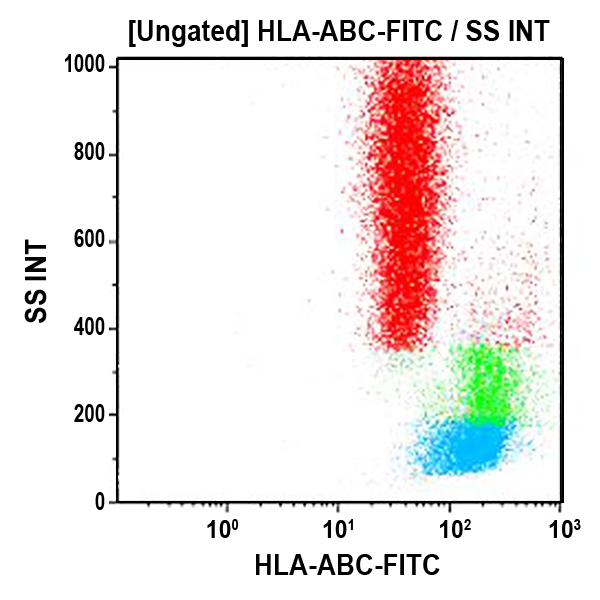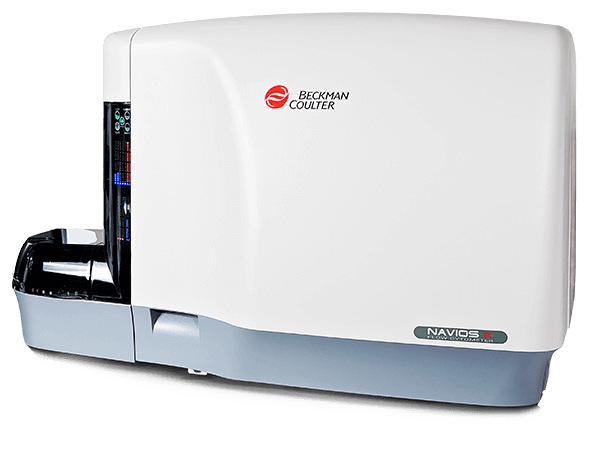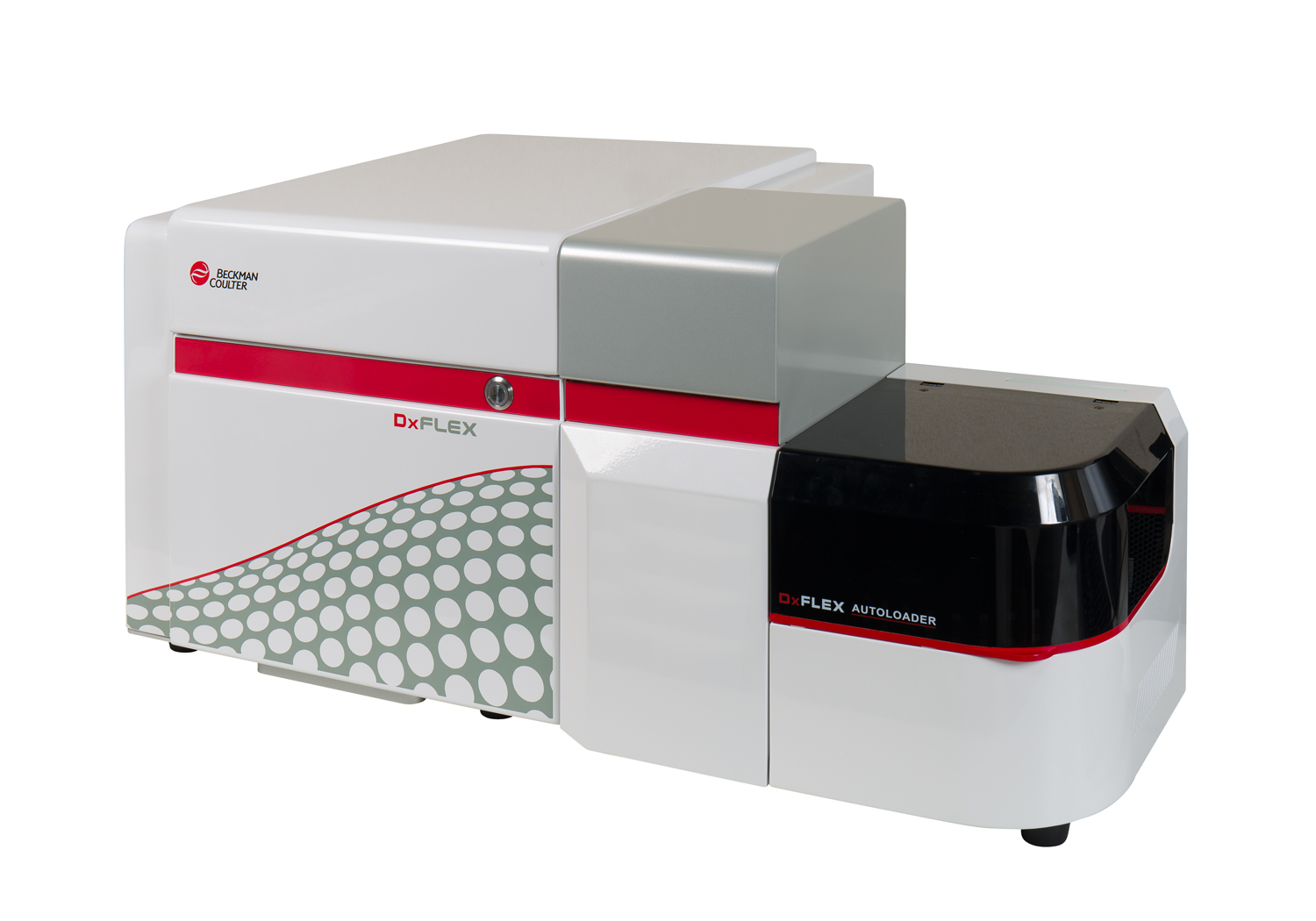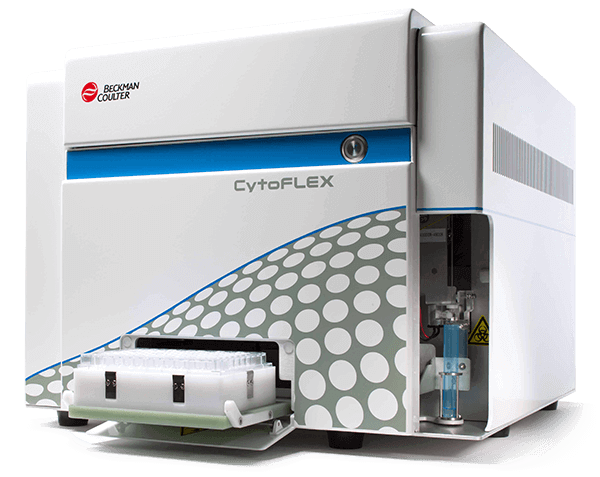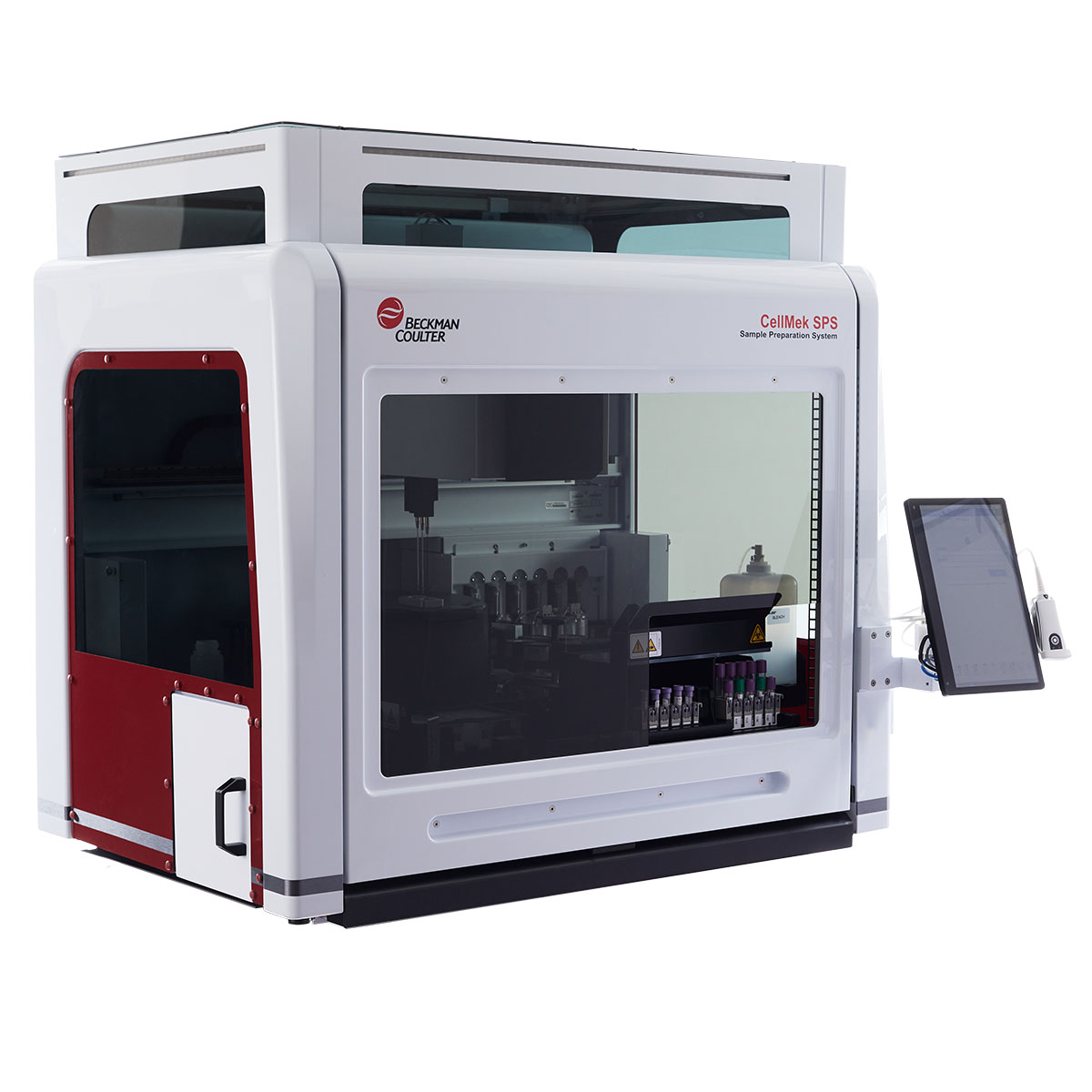HLA-ABC Antibodies
HLA-A, -B, and -C are major histocompatibility complex (MHC)-class I antigens. Like other class I molecules (i.e. HLA-E, -F, -G), HLA-A, -B, and ‑C are heterodimers consisting of a 40–45 kDa transmembrane glycoproteic α-chain, noncovalently combined to the invariant β2‑microglobulin. All class I molecules have conserved, monomorphic domains, but are also characterized by their extensive degree of allelic polymorphism. MHC molecules play a central role in the immune response. They are involved in the maturation of T cell repertoire, in the activation of T lymphocytes by presentation of xenogenic peptides or in the allogenic response. HLA-A, -B and -C are “classical” MHC Class I molecules and are expressed on the surface of most nucleated human cell types.
| Clone: B9.12.1 | Isotype: IgG2a Mouse |
| The B9.12.1 monoclonal antibody recognizes a monomorphic epitope common to HLA-A, -B and -C molecules. B9.12.1 antibody does not recognize unassociated heavy chains. | |

